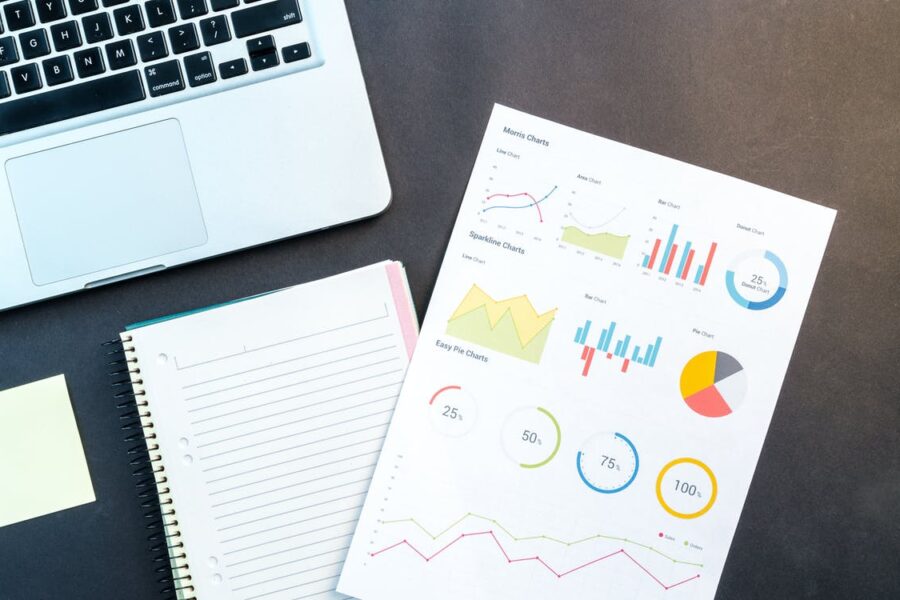A dashboard is an indispensable business tool for working with data. It is a visual report with all the data. The main such report goal is to help the user to make effective business decisions by visualizing KPIs (charts, graphs, maps, etc.), monitoring performance, interacting with data to analyze trends and obtain the necessary information. Clear visualization in the form of charts or graphs provides an easy workflow and data understanding. Modern reports also extract data from several sources and allow to explore, analyze data and get a complete understanding of the current situation. Some dashboards include AI-driven recommendations, big data scalability, built-in visualizations, and a managed self-service.
There is a fundamental difference between regular reports and a dashboard. A modern interactive dashboard is a data visualization that allows to interact with data, explore it, understand what changes are happening or have happened and determine causes. A static report is a visualization of historical data. Such reports can only tell what happened in the past. They are used on a regular basis (daily, weekly, monthly, etc.).
Dashboard types:
- Managerial
- Operating room
- Tactical
- Analytical
You can read more about the types of dashboards here
Dashboards can be useful for companies from any industry, as well as for any profession.
Dashboard usage depending on the business industry:
- Retail – analysis of purchasing power, customer engagement and other indicators to increase sales and maximize profits;
- Financial Services – revenue and margin analysis, identifying profitable customers to increase productivity and reduce costs;
- Technology – detailed high-tech reports help to innovate, manage the supply chain, increase flexibility and profitability;
- Healthcare – a dashboard that allows to detail the key performance indicators of patient care, optimize the work of staff, improve patient outcomes;
- Production – KPI analysis to improve efficiency and ensure the smooth operation of the enterprise, as well as the supply chain.
Dashboard usage depending on professional duties and company departments:
- Marketing – a combination of data from CRM, advertising tools, web analytics tools to better understand customer behavior and increase the return on investment in marketing;
- IT – a clear view of the applications and systems to increase the level of security and meet technology needs;
- Finance – detailed analysis of data on purchases, contracts, expenses to reduce costs and risks, as well as increase profitability;
- Sales – trends visualization, KPI monitoring, forecasts creation using sales reports to increase revenue;
- HR – remuneration analysis, employee churn and other indicators to improve the efficiency of employee management.
The main dashboard advantages:
- Maximizing the return on data owned by the company – transforming data into a valuable asset;
- Information literacy (creating a culture based on data);
- Approval from the management (obtaining the support of key stakeholders by providing key performance indicators in an understandable form.
Recommendations for creating a dashboard:
- Data analysis – data type and access determining, as well as the purpose of its usage;
- Working with a team – team priority goals defining;
- Ability to explore – providing the necessary tools to users to obtain complete information about the data, as well as its research;
- Visual effects – simple and clear effects and actions provide an easy and understandable workflow;
- Access – users should have quick access to needed data;
- Integration of reports into the daily work tools of users (websites, applications, portals, processes, etc.).
